Zack Snyder v Justice League and My Conflicted Reactions
Embattled DC film director Zack Snyder is strongly and publicly defending his vision for Justice League.
First, some background for casual readers. It’s been three years after Batman v Superman: Dawn of Justice polarized fans. And it’s been two Christmases since Justice League left fans heaving a collective, “Meh.”
Snyder directed BvS (2016). He only sort-of directed Justice League (2017). Producers re-edited the latter film after Snyder left the project. Instead, substitute director Joss Whedon oversaw extra scenes to add “lighter” moments. As I remarked in my Justice League review:
Few aspects of Snyder’s hallmark style actually feature in the final product, however. In his previous films, Snyder favored a “tear-down-and-rebuild” approach in which minimalist, struggling protagonists bulk up, confront critics, scream loud, and punch hard in the dark to become heroic in a world that doesn’t always respond favorably to them.
The film would have originally been full “Snyder.” Justice League would have shared troubled heroics, awesome visuals, darker palette, and revels in the “nobledark” genre.
Or so we thought.
Per Snyder himself, it turns out that producers had already revised his original vision for a two– or even three-part Justice League epic.
“The original Justice League that Chris [Terrio] and I wrote, we didn’t even shoot,” he confirmed.”The actual idea, the hard, hard idea, the scary idea, we never filmed because the studio was like ‘That’s crazy.'”
“When this movie came out, understand that Chris Terrio and I had finished the script to Justice League before Batman v Superman came out. Some people didn’t like the movie. A vocal minority. So they said ‘There’s a lot of stuff we don’t want you to do,’ so we did a rewrite from that script.”1
I kind of knew some of this, especially when the announced two-part Justice League suddenly turned into one movie.
But the original plan details sound bonkers epic. Still—a lot darker than audiences would have been prepared for.
Well, Darkseid had taken over the Earth and Superman had succumbed to the Anti-Life Equation, thereby explaining why he had turned evil in the flashforward sequence from Batman v Superman.
The Man of Steel’s fall from grace would have led to Batman, the Flash, and a “broken” Cyborg attempting to send the Fastest Man Alive back in time to warn Bruce about what was to come, and that explains what the Caped Crusader saw in the Batcave when Barry Allen told him that “Lois is the key.”
Snyder didn’t elaborate on how all this would have worked beyond confirming that he and Terrio figured out a complicated time-travel formula, and while Warner Bros. was initially on board, “the details of how and why” the Justice League broke up made them nervous and had to be changed.2
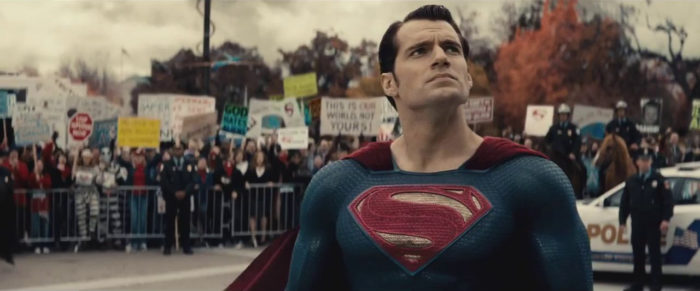
Anti-fans protest Superman in Batman v Superman: Dawn of Justice, just before real-world anti-fans protested the film with claims of “they wouldn’t do that.”
My early reactions
I might explore this a bit more in the future. But for now I have only a few fragmented thoughts.
I defended and will still defend Batman v Superman as pretty amazing. Not perfect. But it’s not a “failure” from storytellers who “hate” characters. That’s amateurish and trope-y criticism that ignores years of comic-book history, and often the film itself. I reviewed/defended the film here. Austin Gunderson, Kerry Nietz, and I have explored this at length here and here.
As part of my defenses, I always pointed to behind-the-scenes quotes and promises. I said (short version): the nobledarkness in Batman v Superman, and its predecessor Man of Steel (2013), could be for greater purpose. These darker moments and themes are likely intended to help construct these heroes and make them into who they were always meant to be. For example, Superman is forced to kill his enemy in Man of Steel, but fights to stay heroic in Batman v Superman and ultimately gives his life to save others. That’s a progression from struggle to heroism. And I argued that the final film could show Superman finally become the hero we always wanted to see.
However.
It looks like the original two-part Justice League would not have fulfilled my hopes in that regard.
Or, at least, the films would have delayed (by two or three installments) the inevitable reconstruction after the deconstruction.
Which leaves me feeling conflicted.
Pros:
On one hand, I love the audaciousness of Snyder’s original vision.
I would have loved the sudden escalation to intergalactic peril.
And I would have very much enjoyed such a huge threat that would bring these heroes together into this grand epic.
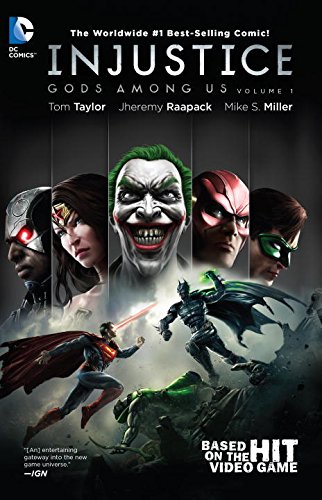
Do not want.
Cons:
And yet …
I feel “it’s Superman! but he’s EVIL” has been done to death in other media. It seems a cheat to avoid actually doing something new and inspiring with the Man of Steel, to honor his past but also update him for new generations.
Even if the two– or three-part Justice League series would have finally “rebuilt” Superman, that would have been too great a delay.
Meanwhile, other heroes’ character would have suffered in the meantime. Worse, audiences would not have responded well. That includes casual fans and DC fans. Both groups would have felt denied the chance to get great versions of previous hero versions (Superman and Batman) interacting with heroes new to the screen (Wonder Woman, Cyborg, The Flash, and Aquaman).
What we got instead: classic origin-story heroes
Ultimately, I’m content with the new direction of the DC film universe.
Nowadays, Marvel films seem to be winding down, or at least coming to a natural break. That’s the inevitable result of following a years-long serial story across multiple splinter franchises.
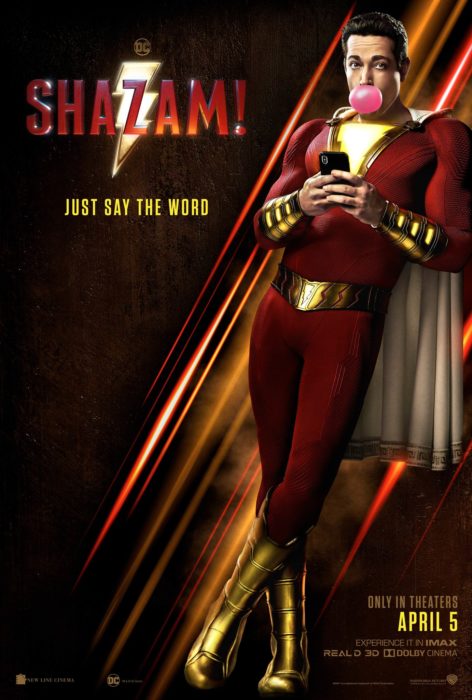
Zachary Levi as the teen-boy-turns-hero Shazam. This is already triple-A perfect casting.
However, DC films are trending upward. Audiences loved Aquaman (which just arrived on home release today). They’re primed to make Shazam! (releasing April 5 in the U.S.) another smash success. Folks are now more curious about these heroes, who now aren’t following yet another serialized story, but occupying their own universes that might—someday—come together.
At such a moment (Justice League 2?), people would be more ready for the surprise. It would be the characters, not promised plot, that would have won fans. We’d all go in wanting to see Mera react to Wonder Woman, or Shazam meet The Flash.
Well. Perhaps that will happen someday. I certainly hope so.
And I still hope for a release of the original Justice League Snyder Cut.
But, unlike before, I don’t mean I want to see the original Justice League two-parter, which was never filmed. I mean I want to see the Snyder Cut of the original, revised, single-film version. The one we would have seen before Snyder left the project (because of his daughter’s suicide), and before Joss Whedon (backed by committee?) edited the film.
I think that final Snyder film, before the franchise’s “soft reboot,” could have made everyone happy.
But. All of these events are exclusive to a now-aborted timeline. And (to spoil the ending) we know that neither villains nor speedsters are actually able to change history. We serve the true Time Lord, who lovingly and perfectly controls everything—even mild disappointments in our favorite fandoms.
- Josh Wilding, “JUSTICE LEAGUE: Zack Snyder Finally Reveals Original Plans, Including Time-Travel, Darkseid, And Major Deaths,” ComicBookMovie.com, March 25, 2019. ↩
- Ibid. ↩

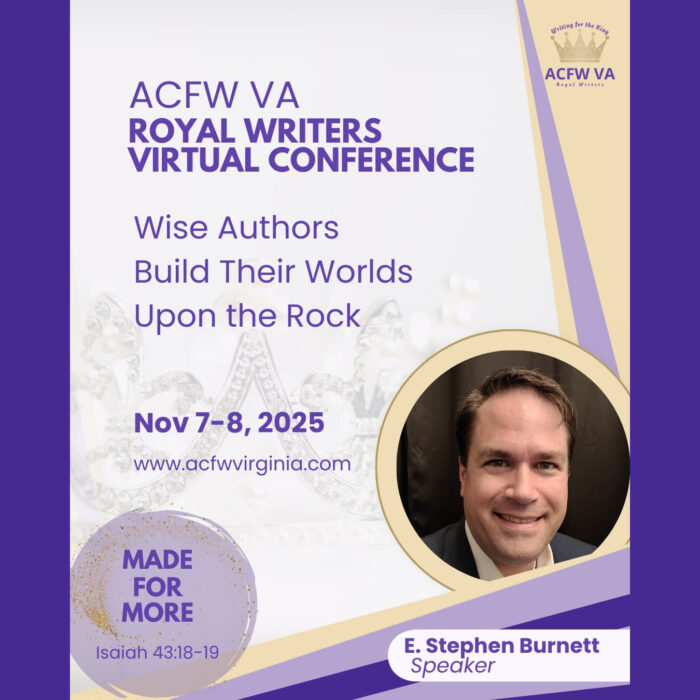
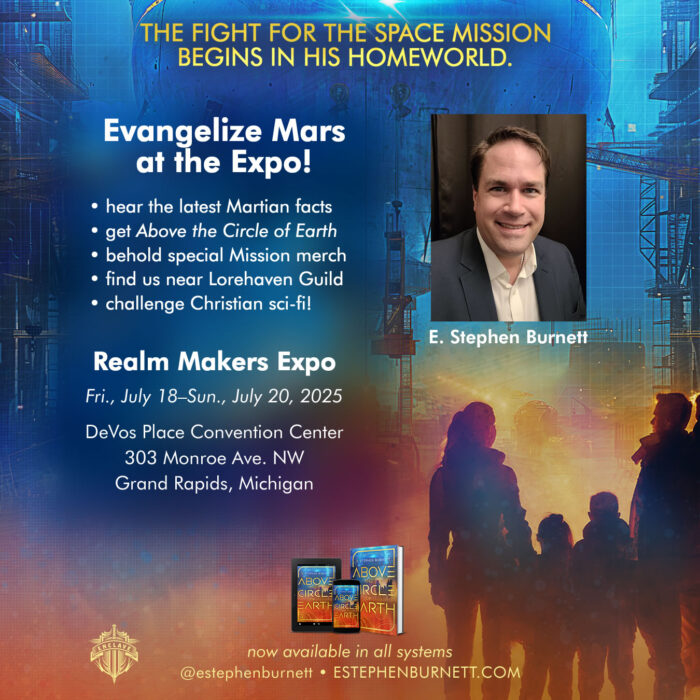

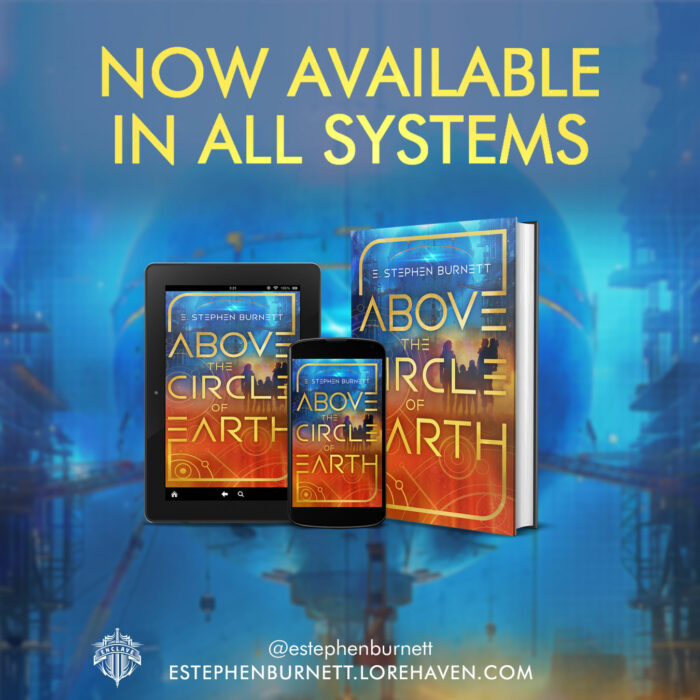
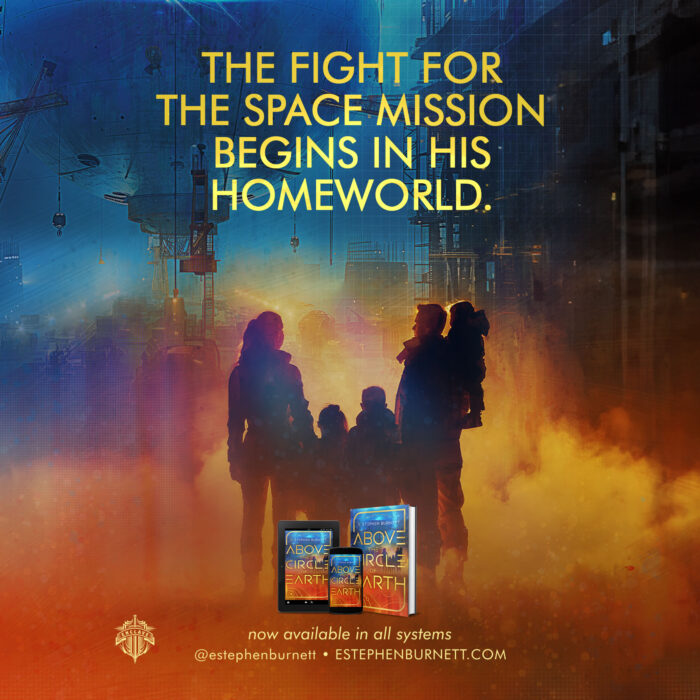
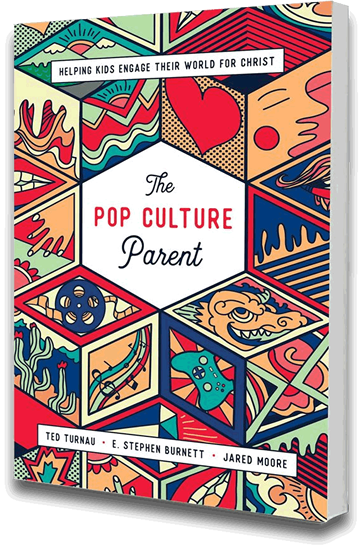
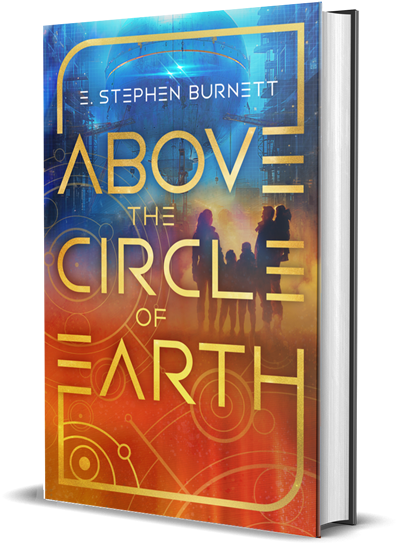

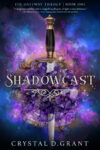
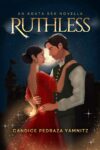
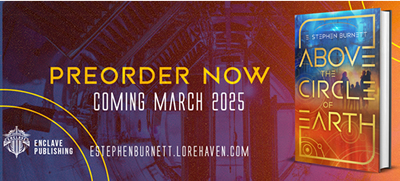
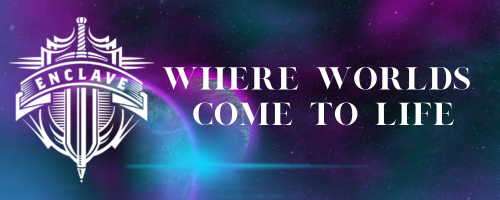
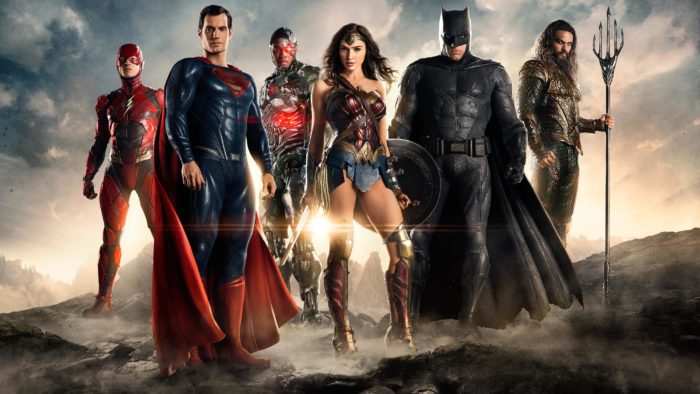
Share your thoughts, faithful reader (and stay wholesome!)